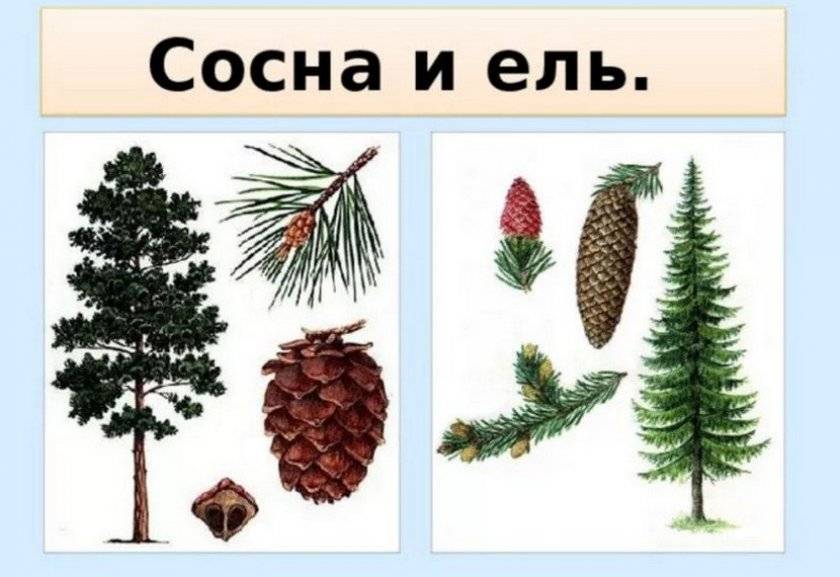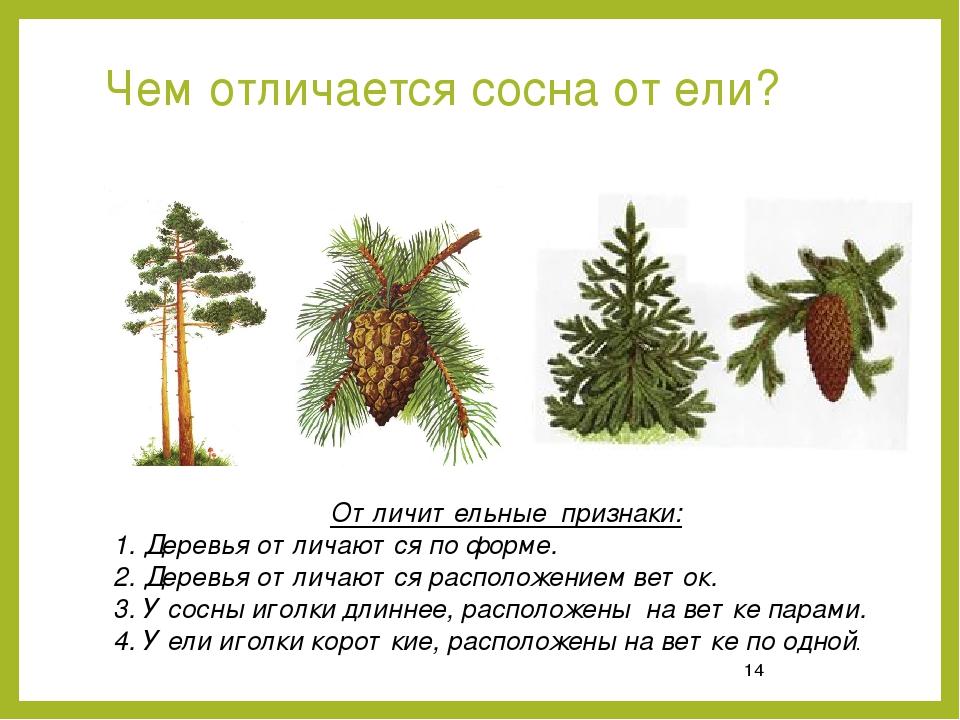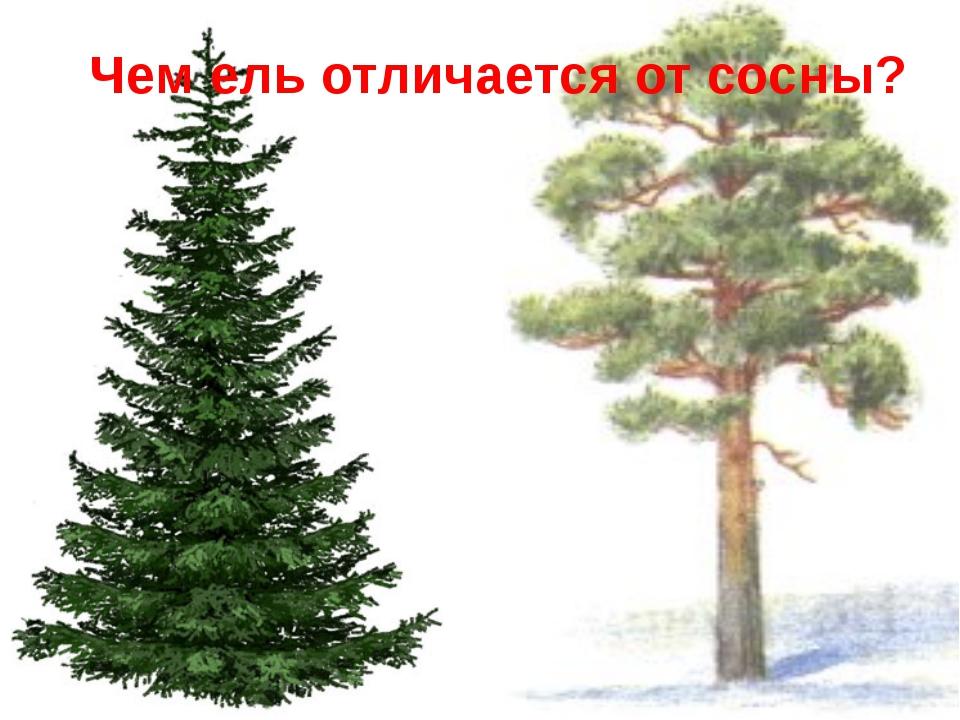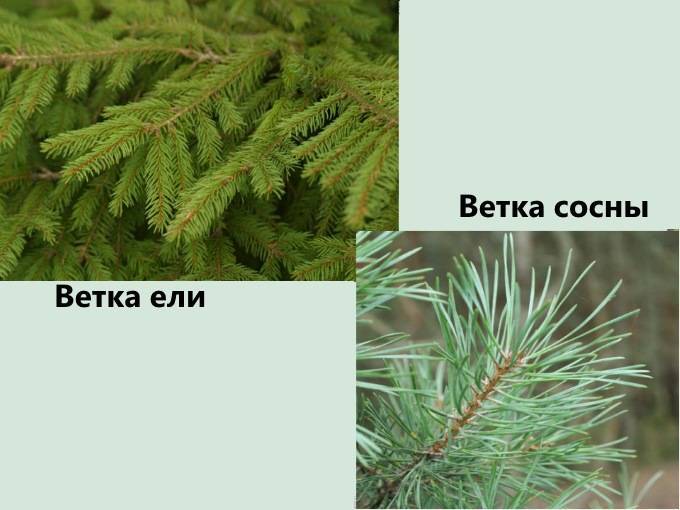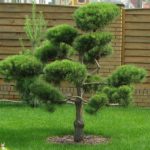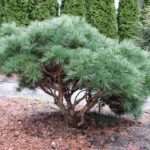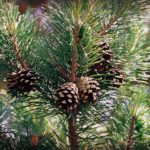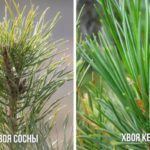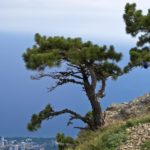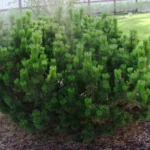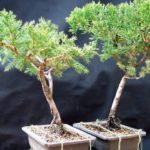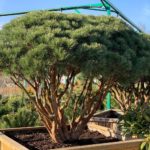Spruce and pine are fairly common conifers that grow in different regions. Pines are considered undemanding to conditions and are often found in mixed and taiga forests. Spruce trees are more picky about the composition of the soil and need partial shade. How else do spruce differ from pine trees? The difference affects the appearance and size of plants and the features of their use.
Description of trees
To compare cultures, it is worth studying the descriptions of each of them. Pine belongs to the Pine family and the Coniferous class.This plant is widely used in the cold and humid climate of the northern hemisphere, forming forests.
This tree lives 300-350 years. During this time it grows 75 meters in height. But among the pines there are also long-livers. For example, in the USA there is a pine tree whose age exceeds 6 thousand years.
The plant is not too demanding on soil quality. It can grow in swampy areas and dry sands. The culture is also found above ravines and on granite rocks. The tree easily withstands excess moisture and grows in poor, sandy and rocky soil, which contains a minimum of humus.
The plant is not afraid of frost and drought. It is resistant to wind and hurricanes. The main requirement of a plant is the presence of sufficient light. Pine trees do not tolerate even slight darkening.
This culture is characterized by powerful roots with one main stem. They go deep into the ground. Many lateral roots radiate from the main part. This root structure makes it possible to obtain water from great depths and develop areas that are not suitable for other crops.
Pine has long and narrow needles, which are placed in pairs. In the same way they crumble. Most needles are shed in autumn. It remains on the branches for 2-3 years. The tree is characterized by a whorled arrangement of branches. It has approximately 5 skeletal branches, which radiate from the trunk in the form of a fan.
Pine cones are divided into male and female. With the arrival of spring, male cones of light yellow color appear on young branches. They are small in size. Female cones are larger in size and are placed singly at the ends of the legs. They are difficult to distinguish among the needles.
Spruce belongs to the Pine family and the Coniferous class.It is an evergreen tree that is distinguished by a lush pyramidal crown. Spruce trees are found in large numbers in Eastern Europe and China. They are also available in North America. In addition, spruce is one of the forest-forming species. Life expectancy is on average 300 years. The height of the tree reaches 50 meters.
Spruce has a whorled arrangement of branches. Every year, new whorls are formed. Needle-shaped needles, which are dark green in color, are attached to the skeletal branches. The length of the needles is no more than 3 centimeters. Spruce needles fall off and change gradually.
Spruce is characterized by a taproot system. However, the main root of the plant is rather poorly developed. After 10 years it begins to die off. Therefore, the function of holding the tree in the ground and receiving water and minerals is performed by the lateral roots.
Spruce trees have male and female cones. A characteristic feature of female cones is their rich red hue. They are comparable in size to hazelnuts. Such cones are located on top of the crown. They are located at the very ends of the branches. Male cones are smaller in size and not as rich in color. Their distinctive feature is yellow pollen.
Habitat
The differences between the cultures under consideration affect their distribution area. Scots pine is predominantly found in regions with temperate climates, which are characterized by low temperature and humidity. This culture is found in northern Russia, the USA, and Canada. The plant can also be seen in China and Mongolia.
Norway spruce partially shares its distribution areas with pine. However, it is a more heat-loving crop. In addition to Russia, the USA and Canada, this culture is found in Central Asia and Eastern Europe.
Care requirements
The coniferous plants under consideration have quite a lot of differences. That’s why you need to care for them differently. This mainly concerns the watering regime and the choice of site for planting.
Pine is undemanding to soil composition and easily adapts to rocky and wetlands. It can easily withstand dry conditions and is resistant to frost. However, despite all its resilience and vitality, the tree does not develop well in regions with a lack of sunlight. Therefore, when choosing a place for planting, you should give preference to well-lit places where there is no shadow.
Spruce is also considered very hardy. In addition, it is undemanding to the composition of the soil. This culture is characterized by high frost resistance and feels good even in shady places. Proper watering is considered the main condition for the well-being of this plant.
When growing spruce yourself, it is important to ensure that the soil on the site is not very wet or too dry. In this case, the culture will quickly wither. In addition, its roots will become susceptible to the development of diseases and pest attacks.
If the growing conditions are met, both coniferous crops will not suffer from diseases and will decorate the site for many years.
Key differences
The differences between the cultures under consideration affect a number of characteristic features. They relate to external differences and areas of application.
Tree dimensions
When making comparative characteristics, it is worth comparing the sizes of crops. It must be said that in this regard they do not differ too much. The average height of Scots pine is 25-40 meters. Spruce grows to approximately 30 meters. However, the size of the spruce trees differs more. Among the representatives of this species there are compact trees up to 15 meters in height and real giants up to 50 meters in size.
Cone shape
An important characteristic of plants is the structure of their cones. They are divided into male and female. According to visual characteristics, the fruits of spruce and pine differ significantly from each other.
Male pine cones are characterized by their compact size, comparable to a cherry pit, and yellowish color. Female inflorescences are generally difficult to notice, since they are even smaller in size and are located at the end of the pine whorl.
The female cones ate significantly more than the male cones. They can be easily identified by their rich red hue. Such cones are also located at the ends of the branches, but they are located at the top of the crown. At the same time, male fir cones are not characterized by a rich color and large size.
Needle shape
Spruce and pine needles have a number of differences. An important sign is the period of needle change. Many people are sure that evergreen crops retain leaf blades throughout the year. If we consider spruce, this is true, but only partially. The needles of this crop fall off gradually. Moreover, every 7-12 years it is replaced with new needles.By the time autumn arrives, pine trees shed most of their needles. Thus, its needles change in 1-2 years.
An important difference between spruce and pine needles is their length. Spruce needles have a tetrahedral shape. Its size is 2-3 centimeters. In addition, they form a whorl and are fixed on the branches one by one.
Pine needles have a smoother texture and taper towards the ends. They are placed in pairs on branches and reach a length of 4-6 centimeters.
There are some differences in the color of the needles. Spruce needles are characterized by a bright dark green color that does not change throughout the life cycle of the leaves. The color of pine needles is dominated by lighter tones of green. In addition, it has the property of turning yellow by the beginning of autumn, becoming copper in color.
Lifespan
The trees in question are not only different in their needles and cones. There is some difference in life expectancy. In spruce it can reach 400 years. However, there are other varieties that live less. Pine can live up to 300 years. At the same time, some varieties live longer - it all depends on the characteristics of the soil and climate.
Application
Both types of trees are used for timber. They are also actively used for medicinal purposes and in cosmetology. In addition, the crops in question are used as New Year's decorations. However, they have certain differences:
- Pine wood is considered more valuable. The plant has a straight trunk with virtually no knots or other defects. Wood has a soft structure, which makes it easier to process. Such properties are not typical for spruce material. In addition, it easily absorbs moisture and swells.
- Pines are often used for wind protection.Trees are characterized by faster growth and less demanding care.
- Both types are used to decorate the garden. In this case, preference is most often given to small dwarf varieties.
Despite the large number of similarities, the cultures in question also have many differences. The difference affects the appearance of the trees, the characteristics of their needles, and the appearance of the cones. The scope of application also differs.

